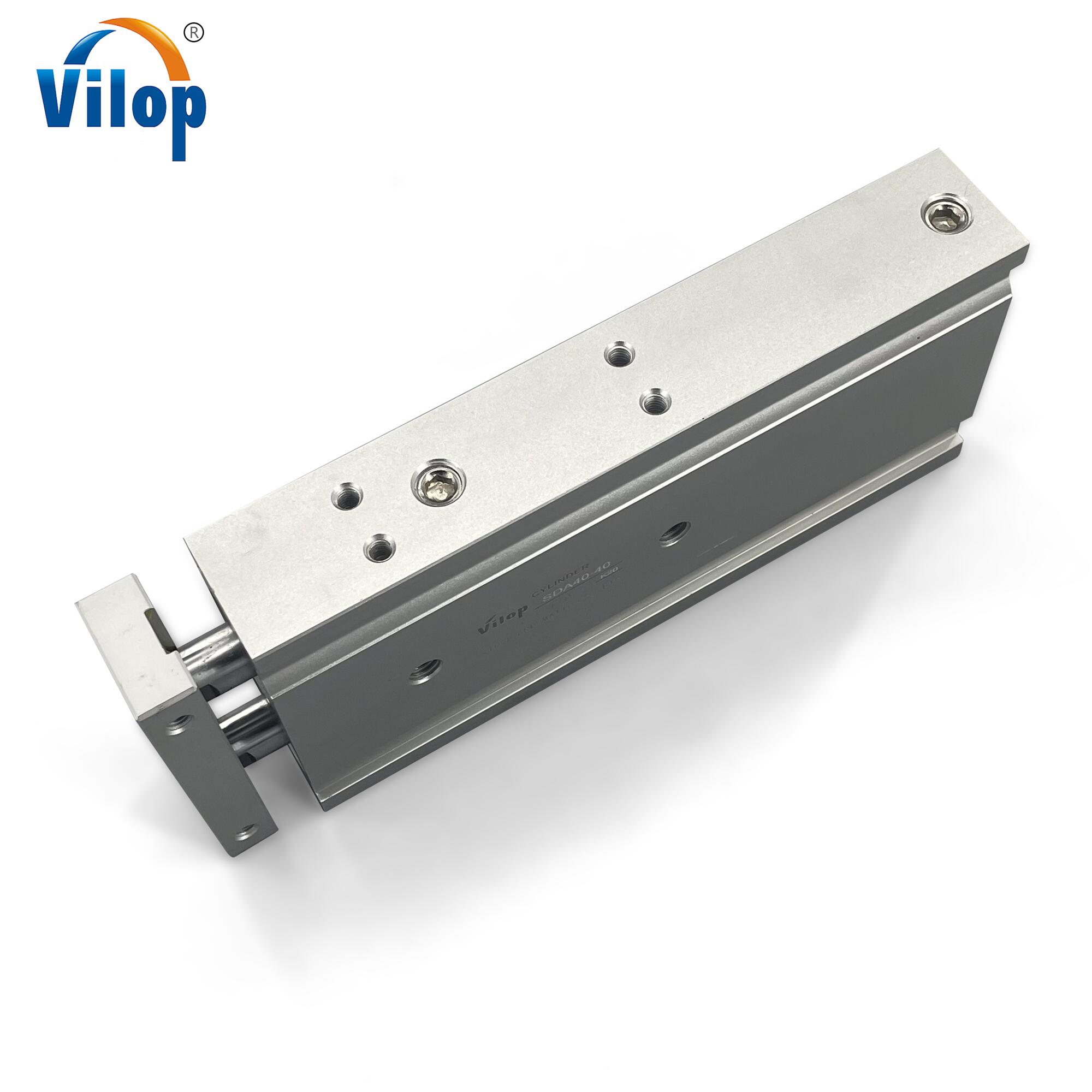- All
- Product Name
- Product Keyword
- Product Model
- Product Summary
- Product Description
- Multi Field Search
Views: 156 Author: Site Editor Publish Time: 2022-05-26 Origin: Site

In complex industrial automation environment, if the guided pneumatic cylinder system leaks, it will cause a lot of energy waste. Compressors may lose up to 30% of their output levels due to leakage, and equipment that is not effectively maintained may leak about 20% of its total capacity of compressed air. The entire heavy duty air cylinder system can lose pressure due to leaks, reducing the efficiency of pneumatic equipment and resulting in loss of output capacity.
The increased number of cycles caused by air leakage and the resulting wear can shorten the service life of all adjustable stroke pneumatic cylinder system equipment, including compressors. To assess whether your tie rod air cylinder system is leaking and how much air is leaking, you need to run the compressor at no load for a specified period of time and measure the average time spent loading and unloading the system during this period.
Leakage of compressed air cannot be completely avoided, and the schrader pneumatic cylinder system should be designed with some standard margin for pressure drop per unit time. These parameters can be predicted in the loop design to determine the appropriate step-down rate and tank size.
More often than not, people install unnecessary extra compressor capacity to compensate for the loss of pressure in a magnetically coupled rodless cylinder system due to leakage. The introduction of proactive detection and maintenance programs is a better and more economical alternative to achieving the goal of reducing the average leakage rate to less than 10%. Joints, seals and fittings of plastic pneumatic cylinder systems are the most likely areas to leak, as are areas where hoses and welds are missing or packing is worn.
Because the air is invisible, light calculation of the loss of air due to leakage is not enough, but also need to rely on some method to detect the specific location of the cylinder system leakage. Ultrasonic detection is a relatively advanced method at present. Its principle is to identify the high-frequency sound produced by the leakage of air from the compact hydraulic cylinder system through acoustic equipment.
This type of ultrasonic equipment is small, easy to carry and has the ability to quickly and accurately detect leaks in the spring return air cylinder system. Because ultrasonic transmission is directional, the closer it is to the source of the leak, the louder the signal sounds, so it is easy to determine the leak point by scanning various areas of the equipment. It can be tested when the rodless electric cylinder is in use, and the ultrasonic detector is able to detect a variety of different types of leaks. The device also has the advantage of being easy to operate and anyone can learn to use it in a few minutes.